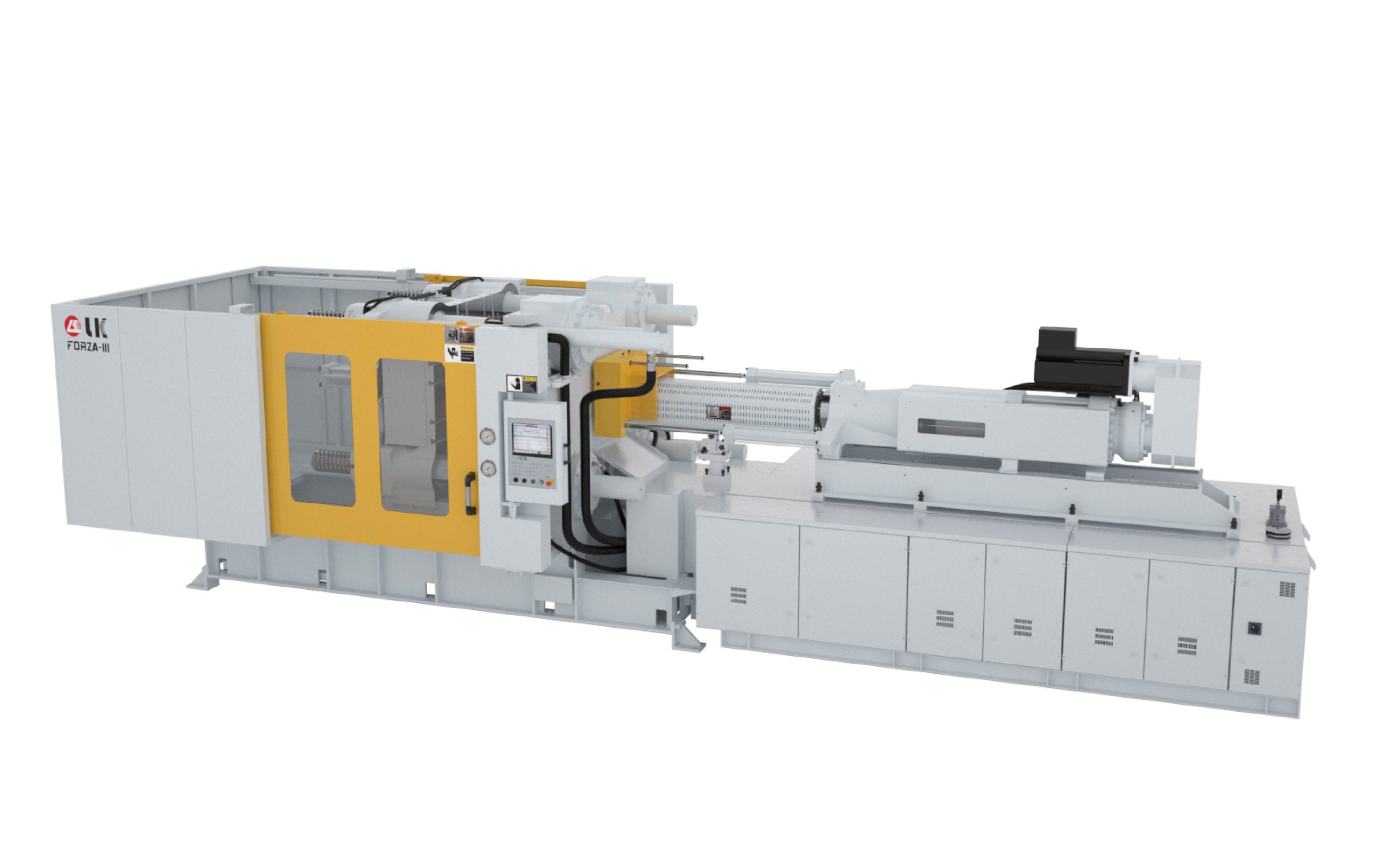In the ever-evolving landscape of healthcare, the importance of infection control cannot be overstated. Preventing the spread of infectious diseases within medical facilities is a top priority for both healthcare providers and patients. One often-overlooked aspect of infection control is the role of medical injection molding, which plays a crucial part in ensuring the safety and efficacy of medical devices and equipment. Medical injection molding is the process of manufacturing various components of medical devices, such as syringes, IV catheters, and surgical instruments, through the injection of specialized materials into molds. While this may seem like a technical aspect of the medical field, it is, in fact, at the forefront of infection control efforts. First and foremost, the materials used in medical injection molding are carefully selected to meet the stringent requirements of the healthcare industry. They are chosen for their biocompatibility and resistance to microbial growth.

This ensures that the finished products are less likely to harbor harmful microorganisms, reducing the risk of nosocomial infections, which are infections acquired in a healthcare setting. Additionally, the precision and consistency of medical injection molding are essential for creating medical devices that function as intended. When it comes to items like syringes and intravenous catheters, any defects or inconsistencies in the manufacturing process can lead to complications, including infection. High-quality injection molding processes minimize the chances of such issues, promoting patient safety. The design of medical devices is another critical aspect of infection control, and medical injection molding plays a pivotal role here as well medical injection molding companies. Molding techniques allow for intricate and precise designs that can incorporate features such as self-sealing mechanisms and reduced dead space, which are essential for preventing contamination and promoting aseptic procedures. Furthermore, the use of single-use medical devices, which are commonly produced through injection molding, has become a cornerstone of infection control. Single-use devices are disposed of after a single patient encounter, eliminating the risk of cross-contamination between patients.
Medical injection molding enables the cost-effective production of these disposable items, making it easier for healthcare facilities to adopt best practices in infection control. In the wake of the COVID-19 pandemic, the significance of infection control has been brought into sharper focus. The demand for medical devices and equipment, including personal protective equipment PPE, has surged. Medical injection molding has been instrumental in medical injection molding meeting this demand by rapidly producing high-quality PPE, including face shields, goggles, and components for respirators. In conclusion, infection control in healthcare starts with the meticulous process of medical injection molding. By selecting the right materials, ensuring precision in manufacturing, and promoting the use of single-use devices, medical injection molding contributes significantly to reducing the risk of infections within medical facilities. As technology continues to advance, we can expect even more innovative approaches to infection control to emerge from this vital aspect of healthcare manufacturing. Ultimately, by recognizing the integral role of medical injection molding, we can continue to enhance patient safety and improve the overall quality of healthcare delivery.